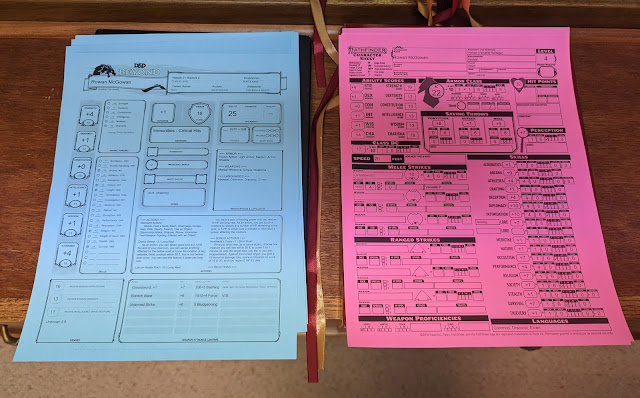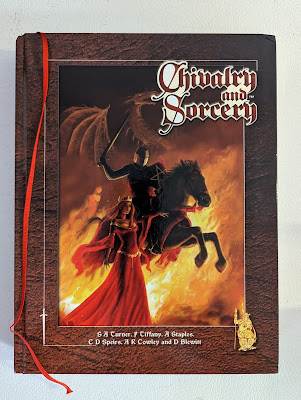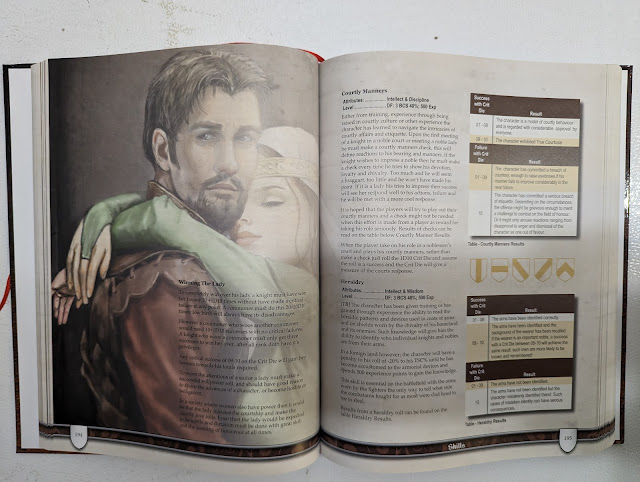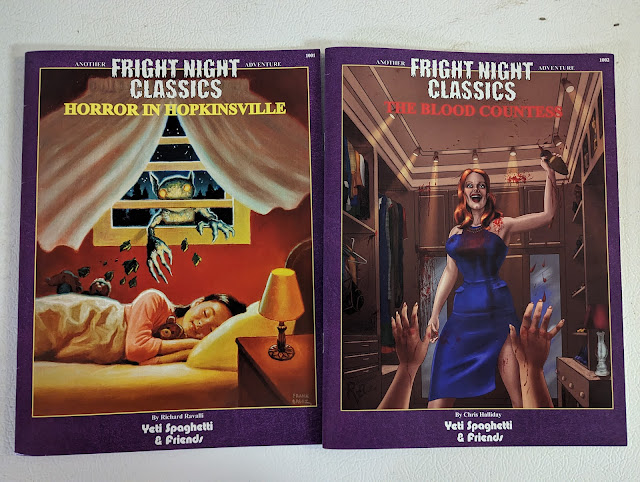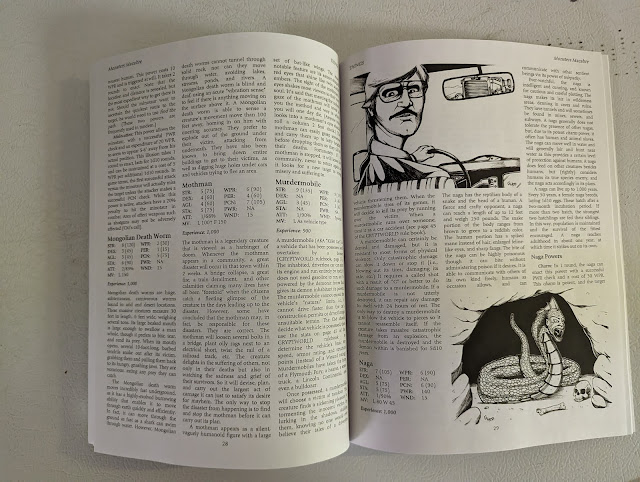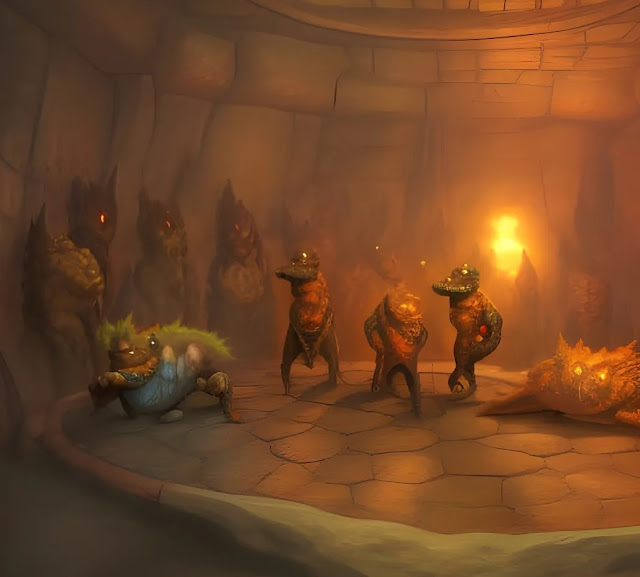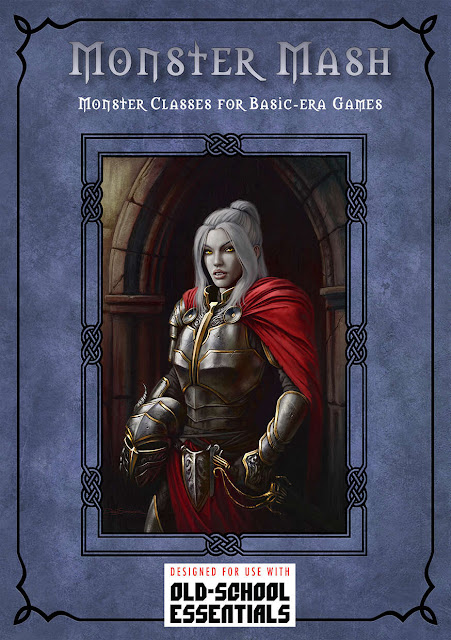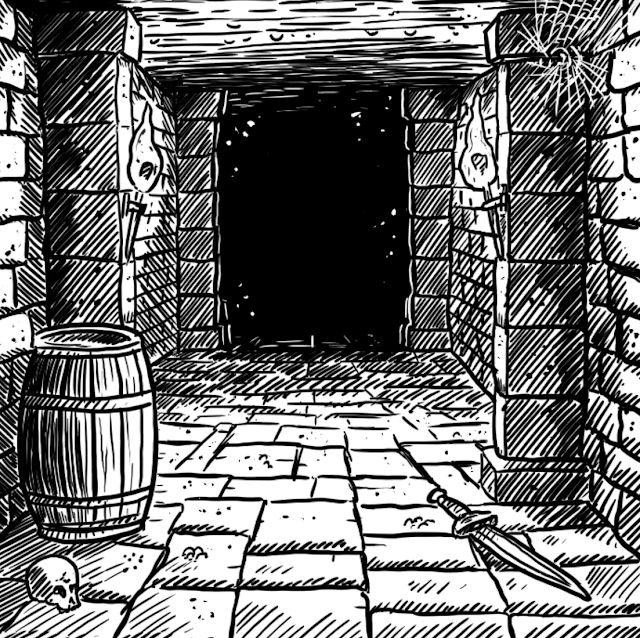Jonstown Jottings #76: In Search Of Baroshi
Much like the Miskatonic Repository for Call of Cthulhu, Seventh Edition, the Jonstown Compendium is a curated platform for user-made content, but for material set in Greg Stafford’s mythic universe of Glorantha. It enables creators to sell their own original content for RuneQuest: Roleplaying in Glorantha, 13th Age Glorantha, and HeroQuest Glorantha (Questworlds). This can include original scenarios, background material, cults, mythology, details of NPCs and monsters, and so on, but none of this content should be considered to be ‘canon’, but rather fall under ‘Your Glorantha Will Vary’. This means that there is still scope for the authors to create interesting and useful content that others can bring to their Glorantha-set campaigns.
—oOo— What is it?In Search Of Baroshi is a scenario for use with RuneQuest: Roleplaying in Glorantha.
What is it?In Search Of Baroshi is a scenario for use with RuneQuest: Roleplaying in Glorantha.It is a twenty-seven page, full colour, 1.56 MB PDF.
The layout is plain and it does need an edit. There is no artwork, but the scenario makes use of classic Glorantha maps.
Where is it set?
In Search Of Baroshi is set in Sartar, specifically near the Caves of Chaos as detailed in the classic scenario, Snakepipe Hollow. It is a sequel to events which occurred in that scenario.
What do you need?
In Search Of Baroshi requires RuneQuest: Roleplaying in Glorantha, the Glorantha Bestiary, and The Red Book of Magic. In addition, The Smoking Ruin & Other Stories and the RuneQuest Gamemaster Screen Pack will both be useful for details on Clearwine and its notable inhabitants.
What do you get?In Search Of Baroshi is a scenario which takes the Player Characters from the city of Clearwine north to the outskirts of the Caves of Chaos in Snakepipe Hollow, the Chaos-infested valley in the north of Sartar. They are asked by the temple to Ernalda in Clearwine to rescue an ancient godling known as Baroshi who had been freed by a previous expedition which had subsequently worked to establish an Erath temple in his name. The temple was subject to multiple attacks by the forces of Chaos and during a recent attack, the body of Baroshi was destroyed and his spirit seized. The Player Characters are directed to locate the godling, free his spirit, and locate the surviving members of the expedition—if any.
In Search Of Baroshi is divided into three parts. In the first, the Player Characters are briefed and have a chance to gain some information about the region around Snakepipe Hollow, some of the threats they are likely to face, and more. In the second, they make their way from Clearwine to the other side of Snakepipe Hollow, the scenario discussing several routes and what might be encountered along the way. The third part describes the caves where the Chaos cultists have taken Baroshi and are now planning to sacrifice him. A third of the scenario is devoted to the various NPCs that the Player Characters will encounter first in Clearwine and then in the caves where the climax of the scenario takes place. These sets of stats are all decent enough and will present a group of Player Characters with a decent challenge.
In Search Of Baroshi has a solid plot and an interesting set-up, and opportunity to roleplay in the initial section. The last section is a strike and rescue mission. In some ways it is the least interesting aspect of the scenario. In no way unplayable, it nevertheless, does feel undeveloped and in places, bland. The NPC monsters are not particularly engaging and the descriptions of the caves where the action takes place is perfunctory at best. They do not feel lived in or occupied locations and some descriptive text would help the Game Master set the scene whilst descriptions of what might be found in individual caves would have given the Player Characters things to look at and interact with, rather than each location just being the site of another fight. Further, whilst the scenario gives two options as which of the Chaos factions is in charge, the description of what they plan to do is underwritten and consequently made all the more difficult for the Game Master to describe to her players.
In addition, the fate of only one of the original expedition is detailed in the adventure, and she is only rendered as both someone to rescue rather than as an NPC in her own right and a reward condition at the end of the scenario depending upon if the Player Characters save her or not. The other members are ignored all together and it would have least been useful to have been given their names, let alone few items belonging to them that might have wound up in the possession of the Chaos cultists.
Is it worth your time?Yes—In Search Of Baroshi is a straightforward scenario which does need development in terms of flavour and detail to help bring it alive and help the Game Master work it into her campaign. No—In Search Of Baroshi is too location specific being near Snakepipe Hollow and it involves fighting Chaos which may not be an activity that the Player Characters are ready for.Maybe—In Search Of Baroshi needs work in terms of flavour and detail to help bring out the details of its plot, but if the Game Master is willing to make that extra effort, the scenario is serviceable and it could lead into further activity in and around Snakepipe Hollow.



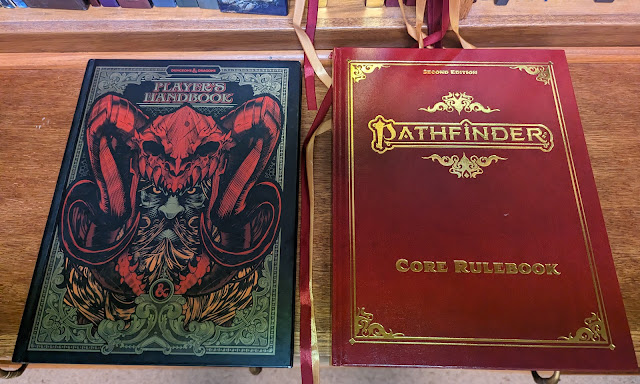

 Requirements Your last action was to Raise a Shield. You adopt a wide stance, ready to defend both yourself and your chosen ward. Select one adjacent creature. As long as your shield is raised and the creature remains adjacent to you, the creature gains a +1 circumstance bonus to their AC, or a +2 circumstance bonus if the shield you raised was a tower shield.
Requirements Your last action was to Raise a Shield. You adopt a wide stance, ready to defend both yourself and your chosen ward. Select one adjacent creature. As long as your shield is raised and the creature remains adjacent to you, the creature gains a +1 circumstance bonus to their AC, or a +2 circumstance bonus if the shield you raised was a tower shield. Range 60 feet; Targets your familiar You draw upon your patron's power to momentarily shift your familiar from its solid, physical form into an ephemeral version of itself shaped of mist. Your familiar gains resistance 5 to all damage and is immune to precision damage. These apply only against the triggering damage. Heightened (+1) Increase the resistance by 2.
Range 60 feet; Targets your familiar You draw upon your patron's power to momentarily shift your familiar from its solid, physical form into an ephemeral version of itself shaped of mist. Your familiar gains resistance 5 to all damage and is immune to precision damage. These apply only against the triggering damage. Heightened (+1) Increase the resistance by 2.